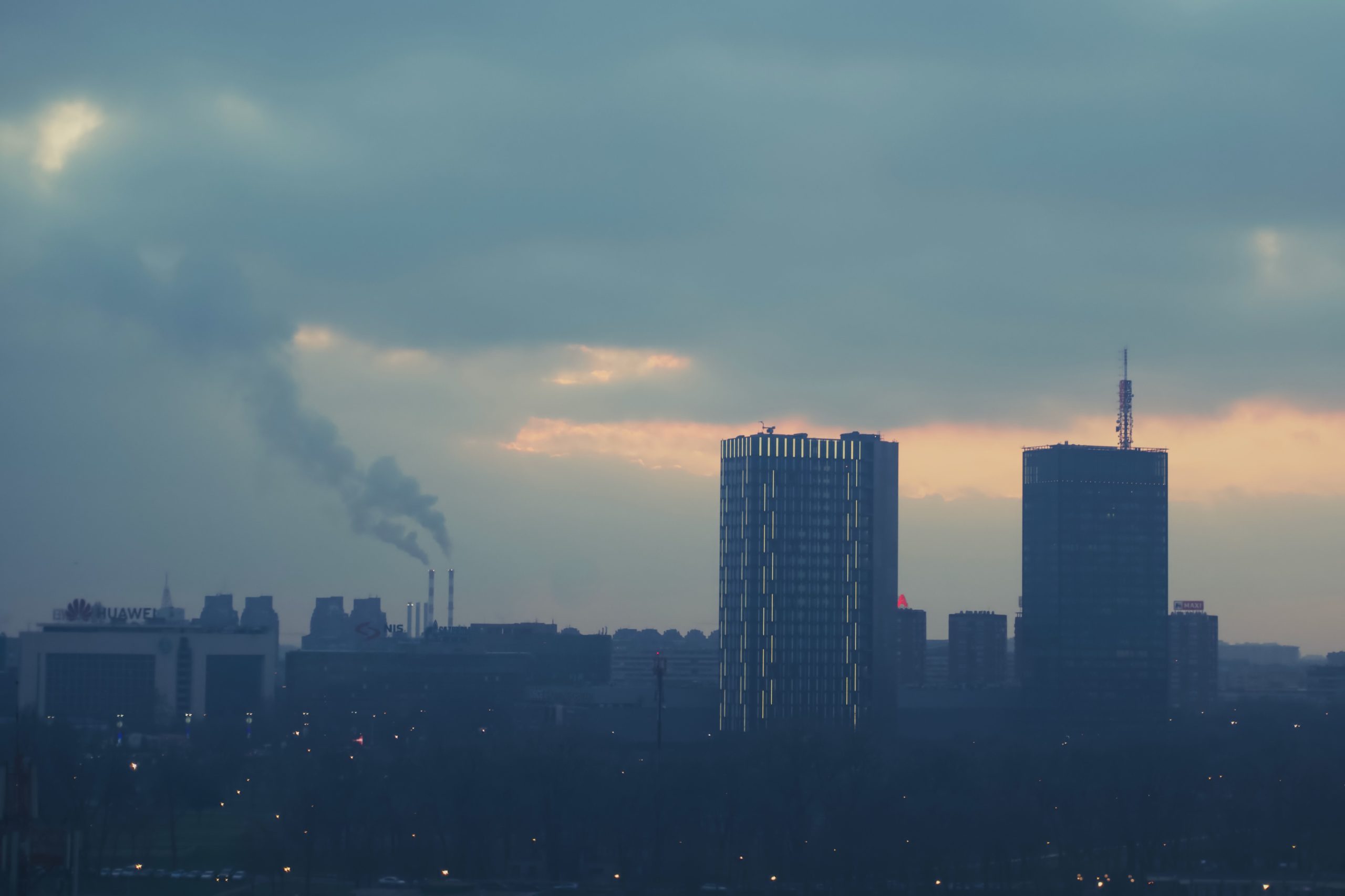
On January 27, 2021, President Joe Biden issued an executive order on “tackling the climate crisis at home and abroad.” The very first section of the order seeks to put “the climate crisis at the center of United States foreign policy and national security.”
The final addendum is particularly interesting: “national security.” Since when is the climate crisis—a massive, globe-encompassing problem—a matter of national security?
But when you think about it, the matter becomes clear. As extreme weather events continue to significantly increase every year, there is an immediate impact on U.S. infrastructure, including military bases and coastal installations. Beyond American shores, extreme weather can lead to mass refugee movements, which can lead to conflicts over scarce resources. These conflicts can and often do have a direct impact on U.S. national security.
Climate change has also led to a major drain on the U.S. power grid, especially in the western states, where mass outages and rolling blackouts are more and more common each year. And these impacts actually make America—and its vast, interconnected, fully networked grid—more vulnerable to foreign infiltrators. Think Russia.
Finally, the global community’s response to the climate crisis—in the form of the Paris Agreement, the Group of Seven, and the Group of 20—forges alliances and sects among nations based on a particular government’s approach to climate change. Though not immediately obvious, these “lines in the sand” can lead to unforeseen conflict in the future.
So, there you have it. The climate absolutely impacts national security.
But what in tarnation does this have to do with window film? Let me explain.
Buildings for a Better Climate
When sun-control window films were first introduced way back in 1966, they were essentially little more than what we now view as “window tint.” Not to belittle that pioneering invention, but early solar window films refracted a bit of the sun’s powerful and multitudinous light spectrum, creating some shade and fostering a bit of interior cooling. And that was about it.
Leap forward into a new century and generations of engineering advancements, and you’ve entered into an entirely new era of sun- and solar-control window film. Today’s films offer powerful refracting technologies, which lead directly to interior cooling and, by extension, lower energy bills. After all, if your entire building is kept just a little cooler on the interior each and every hot summer day—even just a few degrees—the air conditioning systems don’t have to work as hard, or as often. And that means they don’t pull as much power from the energy grid.
On the flip side, during cold winter months, modern solar window film acts as an insulator. A proper application of an advanced sun control window film throughout a building actually creates a thin insulating layer that helps to hold heat in and keep cold out. Again, this insulating effect eases the burden on the building’s HVAC systems. Which means a lower energy bill.
The link between window film and national security
So you still may be wondering. Okay, window films lower energy costs. But how in the world do they impact national security?
Massive highrises. Sprawling office parks. Huge government complexes, all spread throughout the gargantuan piece of real estate known as the lower 48. And all this infrastructure has a nearly incalculable impact on the power grid.
So, when a winter deep freeze creeps into its fourth week, or a scalding summer drought stretches over two months, all those buildings continue to run their HVAC systems ever harder. Eventually, all this power consumption overwhelms the grid, leading to rolling blackouts and mass outages. And from that point, the vulnerabilities in the places we work, live, and conduct business emerge at exponential rates.
A commitment to greener buildings
Inherent in the Biden climate plan is a commitment to smarter, greener construction, development, and infrastructure improvement. Such a commitment means leaning more and more on resources like solar, wind, and lithium-ion.
There’s been a revolution in green buildings over the past few decades. Rooftops are now looked at in entirely different ways than they were in the past, not to mention HVAC systems, insulation, and alternative energy sources. Sun control and solar control window films are very much a part of this ongoing green revolution, and window films like 3M™ Prestige give you the dual benefit of solar control and security. They also happen to make the nation more secure.
Learn more about how window film can help your building go green in our on-demand webinar: Sun Control Window Films.
Photo by Ivan Aleksic on Unsplash


